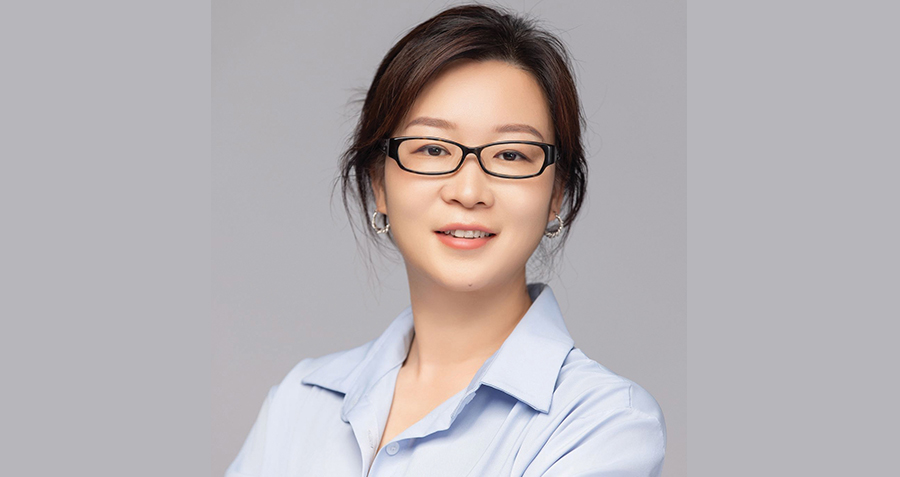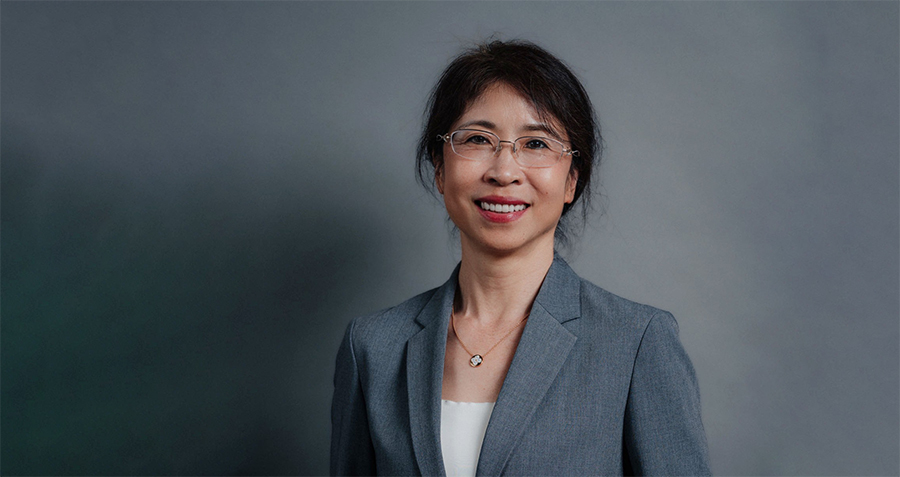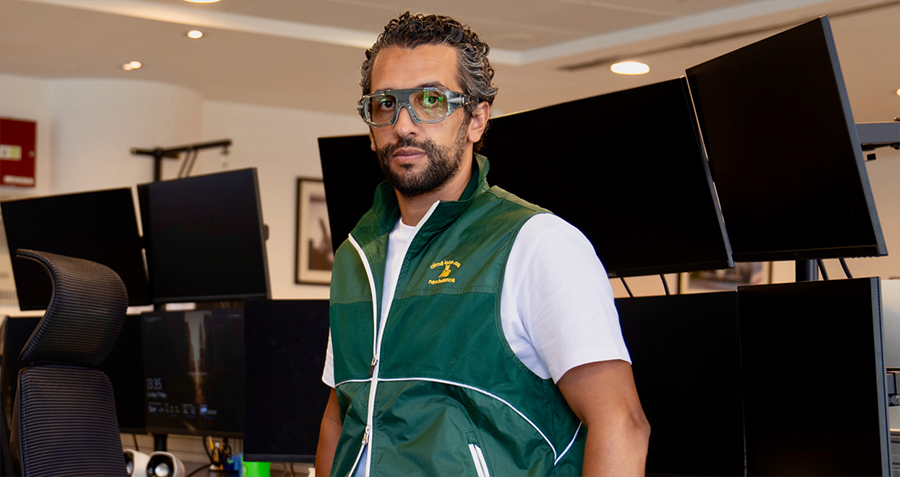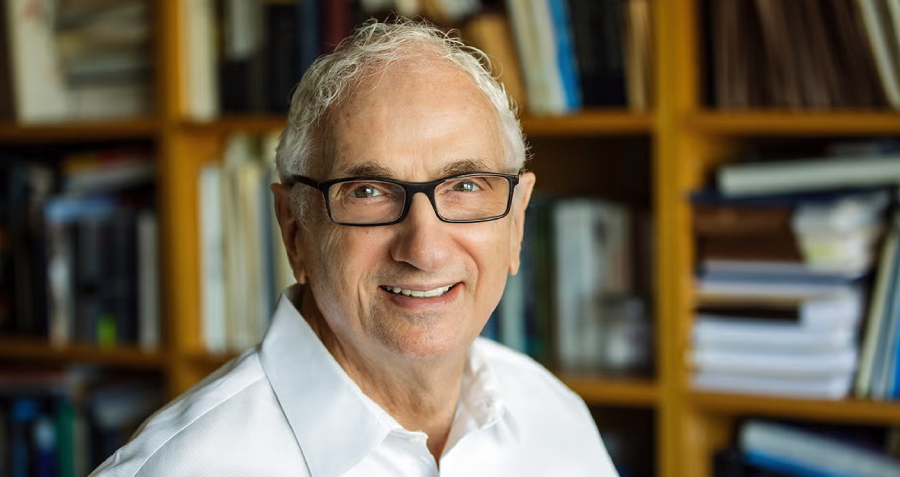Green energy generation and energy storage solutions have seen a rapid growth in quality in recent years, as popularity and demand rise around the world. Chinese firms are at the cutting edge of the industry, and Yinghe Technology has been at the heart of the improvement, producing the battery-making equipment used by new energy giants such as Tesla, LG Group, BYD and CATL. While batteries are becoming increasingly commonplace in EVs worldwide, there is now an increase in companies offering integrated power generation and storage solutions for residential and industrial purposes and allowing users to save money on energy supply and sell excess back to the grid.
CESC is one such company offering integrated solutions both in China and around the world, and in this interview, Xu Xiaoju, co-founder of Yinghe Technology and founder and CEO of CESC, discusses the need for greater consumer education on battery quality, the increasing focus from industry participants on improving battery safety and the future industry trends.
Q. To what degree are Chinese firms at the cutting edge of EV battery and other energy storage technologies?
A. Chinese battery and energy storage technologies are definitely world-leading. Firstly, over the last 20 years, China has put a lot of effort into the electric vehicle (EV) and new energy industry, promoting the development of supply chains and sourcing of raw materials. There have been two decades of aggregation and the whole industry has grown a lot. The second reason is down to the diversity of applications for the technology, meaning that developments in one area can provide benefits to others.
Q. What are the main developmental challenges the sector is currently facing?
A. There are three different difficulties or challenges that the energy industry is facing. On the technology side, even though we have seen massive advances in energy storage over the years, there is still a need for more improvement, particularly when it comes to things like safety.
China now has some of, if not the best, technology, infrastructure and products on offer, but the second issue is working out how to spread this better into the global markets. There isn’t a huge amount of Chinese companies that have been very successful in their globalization, and improving this will help spread the technology further.
Thirdly, consumer education is lacking at the moment. We have so many energy storage companies in China and there is a range in the quality of their products, whether that be in terms of actual storage or safety, and this makes it hard for the end user to understand what a so-called good product is. This has created a challenge for the whole market, and once solved should also lead to a general improvement in quality across the board.
Q. What approaches are you, and others in the industry, taking to solve these challenges?
A. Technology-wise, the industry is particularly focused on research and development aimed at improving the safety of the batteries, especially the newer types of batteries. We have lithium-ion batteries that are more common now, but there is still work to be done on making them safer. There are other companies that are developing new technologies as well, but they perhaps haven’t been commercialized just yet, but that is a matter of time.
In terms of globalizing China’s technologies, we have seen a growing number of Chinese companies trying to go overseas and do business around the world. They’re often doing this through establishing links with local companies in their target markets which can help both with technology and selling the product.
But when it comes to educating the consumer base, there hasn’t really been a good answer for that yet. It is likely something that will come with time. We have more EVs out in the market now, for example, and as long as we have a growing number of products and big brand names become more familiar, the users will ultimately become more familiar with the products. It’s a long-term process.
Q. For CESC, who are your target consumers and to what degree does this differ from other energy storage solution providers?
A. What we offer as a product are integrated energy storage solutions. The easiest way to think about it is as a giant power bank that comes with a solar panel to charge it. For residential customers, it would be a smaller size than the larger ones used in industry. We are targeting both B2B and B2C segments.
However, the main goal is to provide high-quality products that help the consumer with solving issues. For residential consumers, we are targeting users who are trying to have a better-stabilized electricity supply at home. Not only do they generate electricity from the solar panels, but they can also store that power in the batteries and then sell any excess back to the grid. There are also use cases in countries that have a less consistent power supply, so the users there can generate their own electricity and store it safely for use when needed.
On the commercial and industrial end, the target users vary between restaurants, factories and hotels, basically wherever there is a need to use a lot of electricity. If they have the integrated solar energy system, not only can they have a positive environmental impact, they can also save quite a lot of money on their power supply, and should eventually make a profit on the product. Beyond residential, commercial, and industrial applications, our offerings also extend to utility-scale solutions, which fall into the B2B or Business to Government (B2G) category.
Q. To what degree is affordability a concern for consumers?
A. It’s best to think about it as an investment that will pay off over time, but consumers are naturally interested in how long it actually takes to break even or start making a profit. There are two key things to consider here, the first is that in pretty much every country around the world, governments are promoting the use of new energy and better energy storage, so there are often subsidies available, especially when it comes to industry.
Secondly, the rate at which people can expect a return on their investment, through energy saving or selling energy back to the grid, can vary from country to country and by product. For example, in China, in certain areas it might only take three to five years to make the investment worth it, while in other areas it might be between six and seven years. But one thing that can be guaranteed is that within the current average battery life, which is around 10 years, consumers will see their investment pay off. Overall, the average is about seven years, but that isn’t a concrete number as there are a number of external factors that can affect it.
The other thing we consider from a business point of view is that it’s vitally important to both increase the adoption of green energy across the world and provide people with reliable electricity in places where it may not be readily available. Both of these aspects are meaningful to me as part of the fundamental driving force behind the business, but value for money for our customers is also a priority.
Q. To what extent are sanctions and geopolitical tensions factoring into your current business strategies?
A. Geopolitical factors definitely matter. We’re currently expanding our business into the European, North and South American and African markets and it still feels like there is a welcoming attitude and market need in many places. Some places are easier and harder than others, but that just requires us to explore different solutions for the different markets.
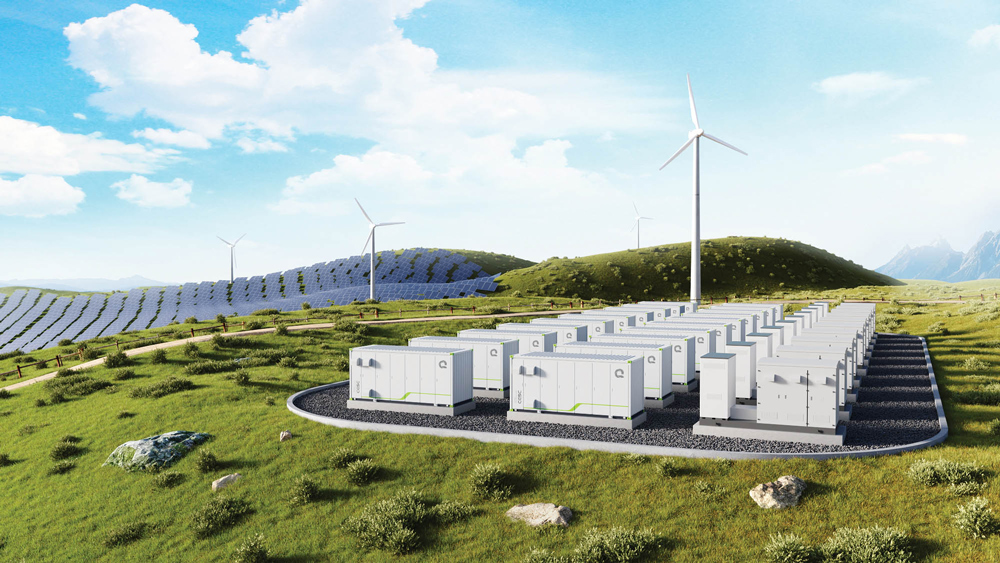
Q. As a female entrepreneur in a sector that has been largely dominated by men, to what degree has this provided advantages and challenges for you?
A. I was very glad that I was born in China, as I find the overall business environment here is quite supportive of female entrepreneurs. Over the past 20 years of business experience, I haven’t personally found many of the challenges stemming from my being a woman. I also think we have some advantages in our natural communication abilities and our ability to endure difficulties. Any business is fraught with difficulties that need to be faced, and handling those requires solid communication skills to bring teams together and attract talent.
Q. How do you see the trends progressing in the energy storage industry over the next five to 10 years?
A. One of the main trends over the coming years will be an increase in product safety. Batteries are currently made using chemicals and in some cases those chemicals might not be particularly stable, so increasing our ability to keep them safe and efficient is something that a lot of companies are working towards. This is also necessary to help with public perception and consumer buy-in.
Secondly, solar energy is the most abundant energy source in the world and is something that we need to utilize more in order to help deal with global warming, so I expect to see these types of solar energy applications become increasingly popular with the support of energy storage applications.
Interview by Patrick Body
Xu Xiaoju is the co-founder of lithium-ion and power automated production equipment manufacturer Yinghe Technology and the founder and CEO of CESC, an integrated energy storage solution provider for residential, commercial, industrial and utility purposes.




